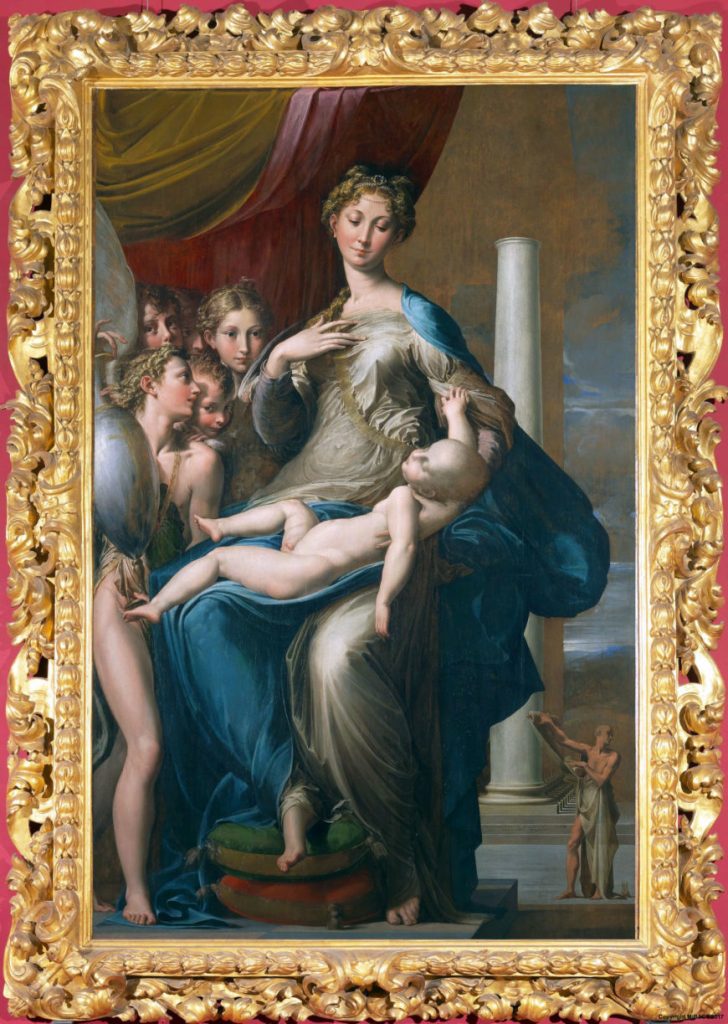Mannerism, an introduction
The High Renaissance styles of Rome, Florence, and Venice dominated Italian painting, sculpture, and architecture for most of the 16th century, but as early as the 1520s, leading artists of the post-Leonardo, post-Raphael generation began to explore new modes of artistic expression. Art historians long ago dubbed the work of these artists Mannerist, a term derived from the Italian word maniera, meaning “style” or “manner,” which in turn derives from mano (“hand”). In the field of art history, the term style usually refers to a characteristic or representative mode, especially of an artist or period (for example, Titian’s style or Gothic style). Style can also refer to an absolute quality of fashion (for example, someone “has style,” or “is stylish”). The first art historians to adopt the term argued that Mannerisms’ style (or representative mode) was characterized by style (being stylish, cultured, elegant).

The term is unfortunate in many respects. First, when originally applied to the works of artists like Pontormo and Parmigianino, “Mannerism” had negative connotations. Mannerist works are not, however, of inferior quality compared to High Renaissance works, although they are unquestionably different. Second, Mannerism is not a unified style. It encompasses diverse contemporaneous personal styles, even if they all represent a break from High Renaissance norms. [1]

In contrast to the Renaissance interest in studying, imitating, and idealizing nature, Mannerist artists typically took as their models other works of art. The main subject of Mannerism is the human body, which is often elongated, exaggerated, elegant, and arranged in complex, twisted poses. Classical Renaissance symmetry does not apply in Mannerism, which creates a sense of instability in figures and objects. Spaces tend to be compressed and crowded with figures in unlikely or provocative positions, and colors are sometimes jarring. Finally, Classical proportions are rejected, and odd juxtapositions of scale and space often occur.
In contrast to the dominance of papal patronage in the High Renaissance, Mannerism was a style of the courts. It appealed to an elite, sophisticated audience. Mannerist subjects are often difficult to decipher, and their iconography can be highly complex and obscure, except to the initiated.[2]

